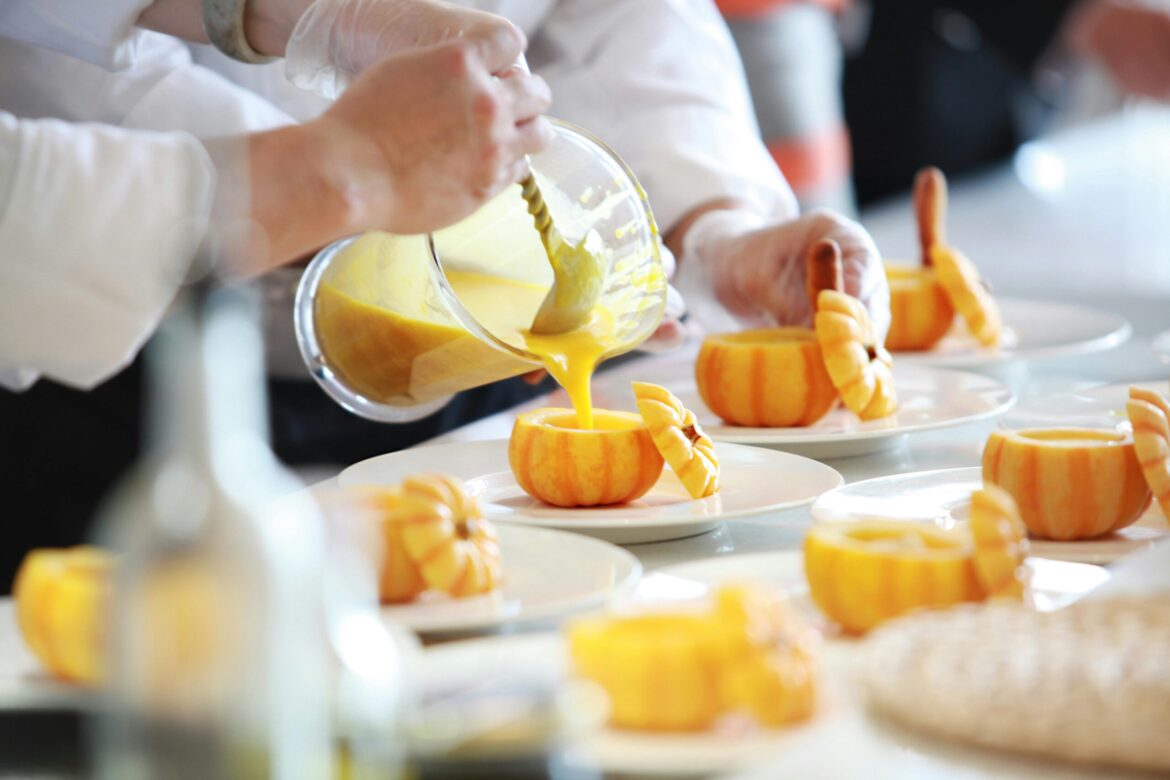Food is not just a basic human need — it’s an experience that brings people together, evokes memories, and tells stories of culture and identity. From street food stalls to fine dining restaurants, every dish carries a reflection of human creativity and connection. The power of food lies not only in its taste but in how it captures moments, traditions, and emotions.
The Cultural Connection Behind Every Bite
Across the world, food acts as a cultural bridge. Every recipe carries a legacy — a grandmother’s secret ingredient, a local spice blend, or a traditional cooking method passed through generations. The flavors of a region often reveal its history: trade routes that introduced new ingredients, migrations that merged cuisines, and climates that shaped what people could grow and eat.
For instance, Mediterranean dishes often use olive oil, fresh herbs, and seafood — a direct reflection of their geography and access to the sea. Meanwhile, South Asian cuisine bursts with spices like turmeric, cardamom, and cumin, each with a distinct role in flavor and health. In every culture, food narrates stories of survival, celebration, and adaptation.
These diverse culinary expressions also show how food connects people globally. It’s not unusual to find sushi in Paris or tacos in Dubai — the world’s palate has become beautifully intertwined. Online sources such as urbansplatter.uk showcase this evolving relationship between culture and cuisine, celebrating how flavors transcend borders while keeping local traditions alive.
The Rise of Conscious Eating
In recent years, food culture has shifted dramatically toward awareness and purpose. It’s no longer only about what tastes good — it’s also about what feels good. People are becoming more mindful of how their food choices affect their health, the environment, and the broader community.
Plant-based eating, for example, has gained popularity as more individuals choose sustainable and ethical food sources. Restaurants are responding by offering innovative menus featuring plant proteins, whole grains, and seasonal produce. Even major fast-food chains now have vegan and vegetarian options to meet growing demand.
Moreover, the farm-to-table movement emphasizes transparency and connection with food producers. Knowing where your food comes from — and how it’s grown — adds depth to the dining experience. It transforms eating into an act of appreciation and responsibility.
Food awareness also extends to reducing waste. Creative chefs and home cooks alike are finding ways to use leftovers efficiently, repurpose ingredients, and compost kitchen scraps. This mindful approach benefits not only personal health but also the planet.
How Technology Is Shaping Modern Food Trends
Technology has become a quiet but powerful ingredient in the evolution of food. From smart kitchen appliances to AI-driven recipe suggestions, innovation is redefining how we cook and eat. Apps now track calorie intake, suggest recipes based on available ingredients, and even tailor meal plans to individual dietary goals.
Social media platforms have also changed the culinary landscape. Instagram-worthy dishes and viral TikTok recipes inspire millions to experiment in their own kitchens. Food presentation has evolved into an art form, where creativity meets community sharing.
Meanwhile, sustainable farming technologies like hydroponics and vertical gardens are changing how we grow food in urban spaces. Cities can now produce fresh vegetables locally, reducing dependency on long transportation routes and ensuring fresher produce for consumers.
To explore how global cuisines adapt to these changing trends, you can find meaningful insights in discussions focused on contemporary food culture and innovation, where traditional wisdom meets modern transformation.
The Emotional Side of Food
Food goes beyond nourishment — it carries emotion. Think about how a childhood meal can instantly transport you back in time, or how a familiar aroma can make you feel at home, even in a foreign land. Comfort foods, in particular, remind us of safety and belonging.
Psychologists often note that food can influence mood and emotional well-being. The act of cooking, for instance, promotes mindfulness — focusing on the aroma, texture, and rhythm of preparation can ease anxiety. Sharing food strengthens bonds, whether it’s a family dinner or a meal with friends after a long day.
There’s also a profound link between food and memory. Studies show that taste and smell are deeply connected to emotional recall. The first sip of a traditional soup or the bite of a local dessert can instantly revive long-forgotten feelings of warmth and joy.
The Beauty of Global Flavors
What makes food endlessly fascinating is its diversity. Each cuisine has a signature approach — spices in Indian curries, precision in Japanese sushi, or the rich sauces of Italian pasta. Every culture takes pride in its methods, yet the world’s kitchens are increasingly sharing ideas.
Fusion food — blending elements of different culinary traditions — has become a creative trend. Dishes like Korean tacos, butter chicken pasta, and sushi burritos highlight how innovation can celebrate global unity. The result? An endless range of flavors that tell stories of both tradition and modern exploration.
Chefs are embracing experimentation, using ingredients in unconventional ways to surprise the palate. However, what truly defines great cuisine isn’t just complexity — it’s balance. The perfect dish harmonizes taste, texture, aroma, and presentation, engaging all the senses.
Sustainability and the Future of Eating
As climate awareness grows, sustainability is becoming a central theme in the food industry. Consumers now seek eco-friendly options, from biodegradable packaging to organic produce. Reducing carbon footprints through plant-based diets, supporting local farmers, and eliminating food waste are all steps toward a greener planet.
Food innovators are also exploring lab-grown meat and sustainable seafood alternatives to address global demand. While these technologies are still developing, they offer a glimpse into a future where food production aligns with environmental preservation.
Even small personal choices matter — using reusable containers, buying from farmer’s markets, and cooking at home contribute to a more responsible food culture. Sustainability isn’t just a trend; it’s becoming an ethical standard for the next generation of food lovers.
The Experience of Eating
At its core, food is about experience — the people you share it with, the atmosphere around you, and the stories it tells. Dining has evolved into an event, where presentation, setting, and emotion combine to create something memorable.
Restaurants now focus not only on what’s served but how it’s experienced. Lighting, music, and plating all contribute to the emotional impact of a meal. Even home dining has transformed, as people create cozy, aesthetic spaces that make everyday meals feel special.
Cooking shows, food festivals, and culinary travel experiences continue to inspire millions to explore the world through taste. As people grow more adventurous, they discover that food is the most delicious form of cultural understanding.
Conclusion
Food is more than what’s on a plate — it’s the flavor of life itself. It binds people together, celebrates diversity, and reflects the evolution of culture and creativity. Each dish tells a story, shaped by time, place, and passion.
Whether you’re experimenting in your kitchen or exploring new cuisines abroad, remember that food is a journey — one that nourishes the body and feeds the soul.








